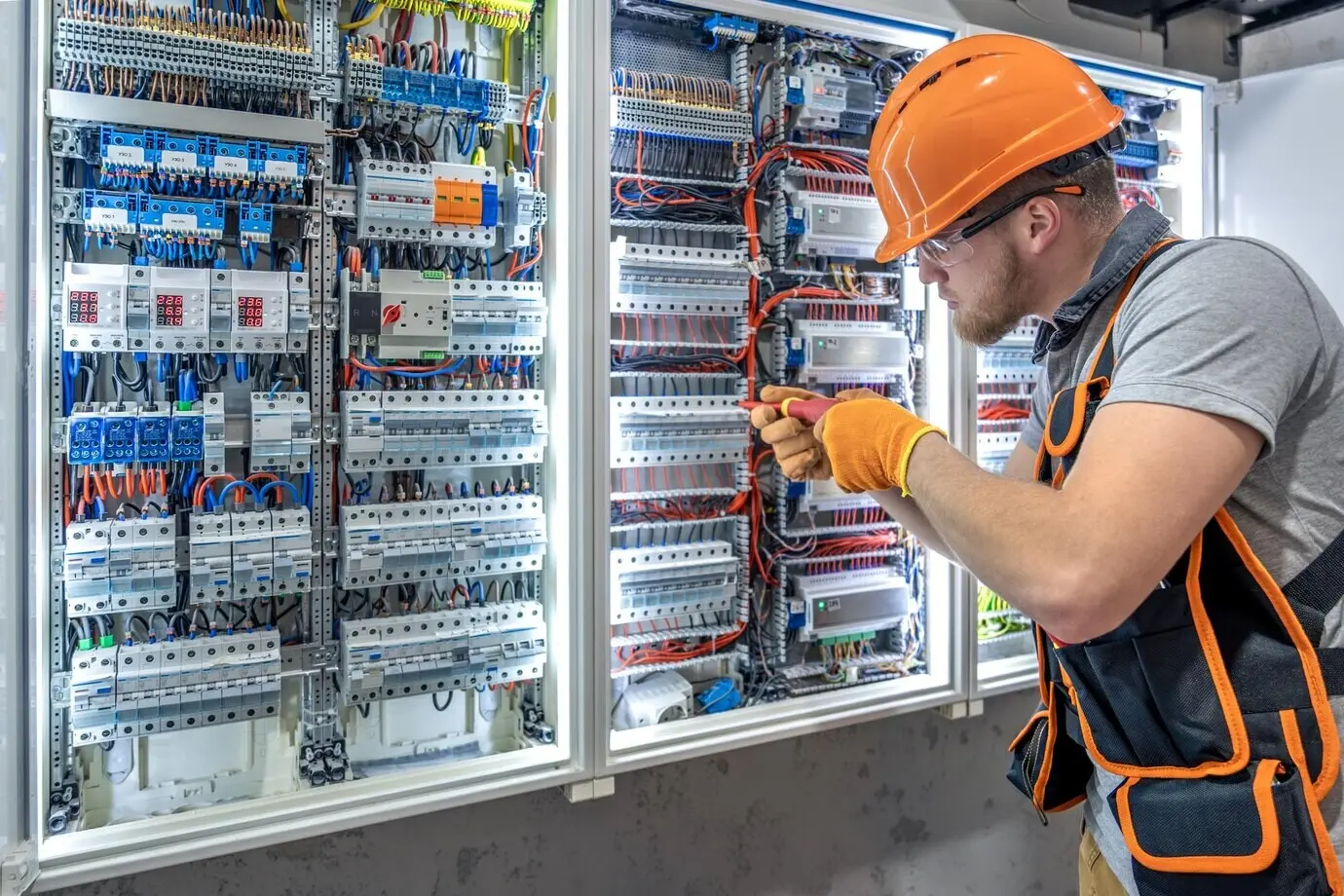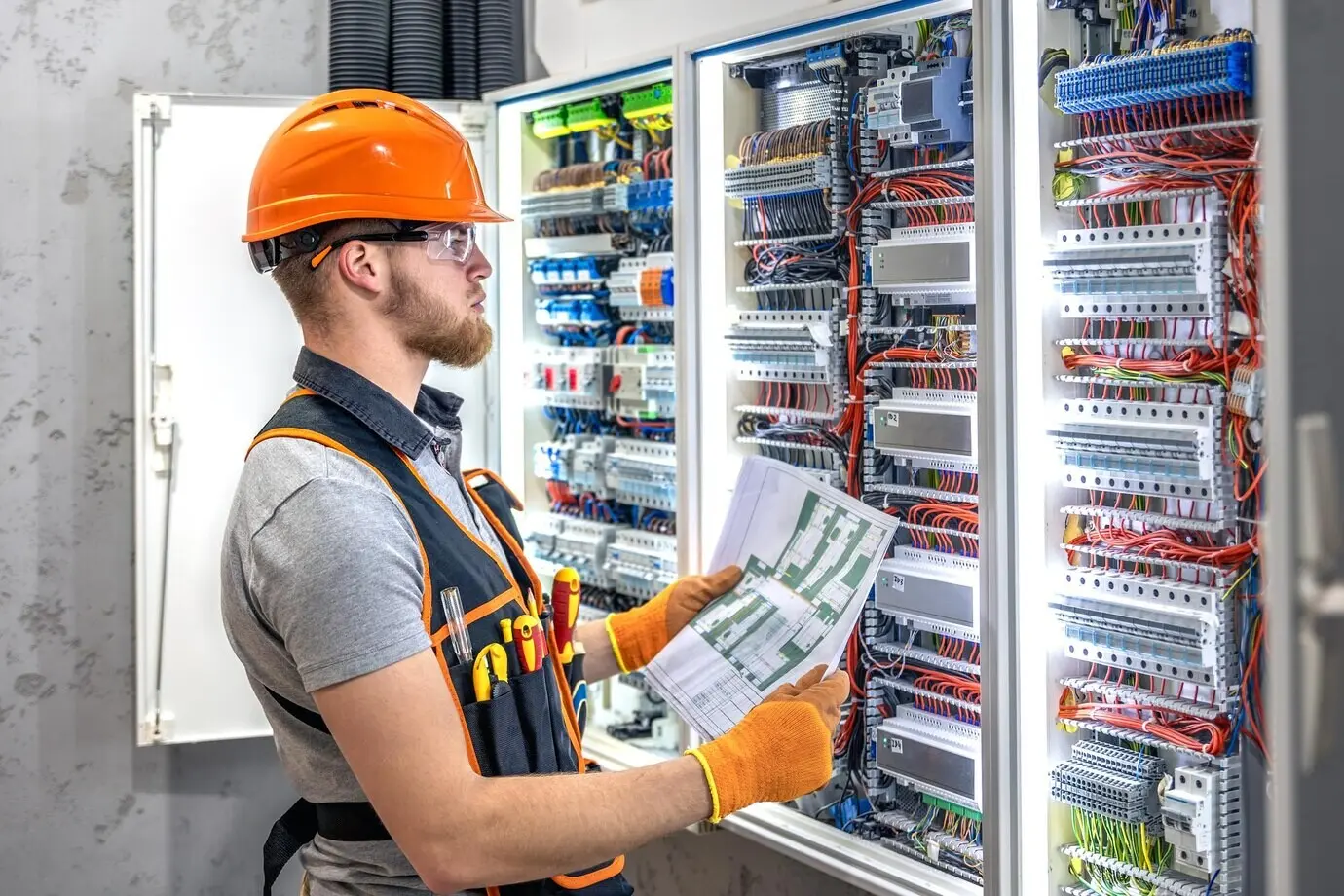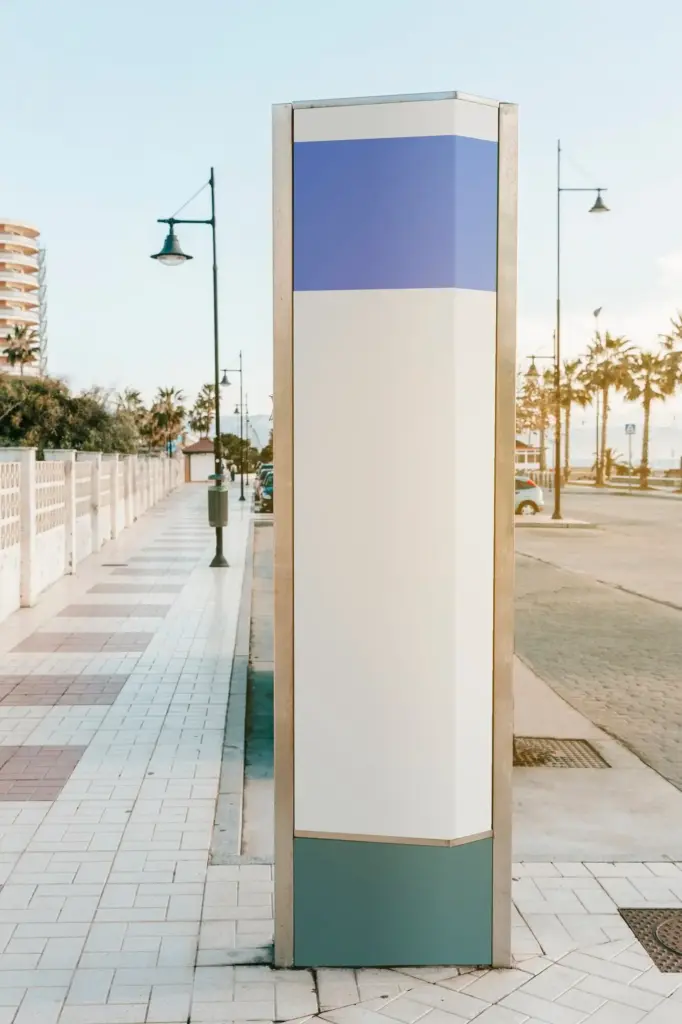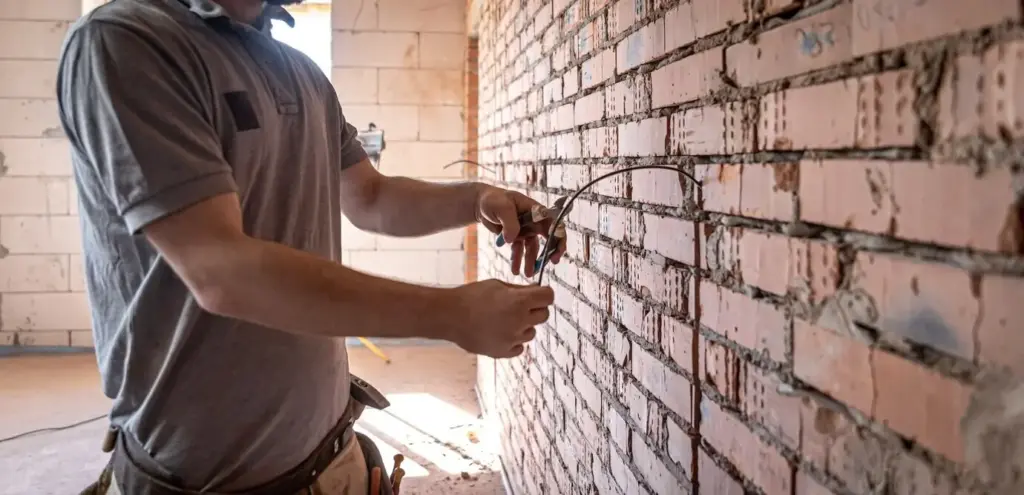Quiet Comfort, Smart Installation for Mini‑Splits in Apartments


Plan, Permit, and Coordinate
Know the Rules Before You Drill
Codes and community rules shape apartment work more than any tool. Confirm mechanical and electrical permits, condenser placement setbacks, condensate discharge allowances, and exterior piping requirements. Understand penetrations through rated assemblies and the firestopping materials they demand. Review noise ordinances and balcony restrictions, then secure written approvals with specification sheets and elevation sketches. Submitting a clear scope early earns goodwill from boards, inspectors, and neighbors, reducing friction and ensuring your installation passes with confidence on the first attempt.
Align Stakeholders Early
Identify and coordinate every person touched by the project: landlord, superintendent, neighbors, property manager, electrician, and HVAC installer. Share a concise schedule, after‑hours restrictions, and preferred contact methods. Confirm building holidays, elevator key access, and safe storage for materials. Ask about pets, sensitive residents, and ongoing maintenance windows. Swap insurance certificates and provide a cleanup plan. When everyone understands what will happen and when, interruptions vanish, expectations align, and small hiccups never balloon into frustrating or expensive postponements.
Document Everything
Treat documentation like another tool on your belt. Capture before‑and‑after photos, penetration locations, line‑set routes, and bracket mounting details. Keep commissioning logs with micron levels, nitrogen test pressures, torque values, and refrigerant weights. Save model and serial numbers, warranty registrations, and manuals in a shared folder. Record approvals, emails, and inspection notes. These artifacts prove quality, speed warranty claims, and help future service techs understand decisions. Good records transform a great install into a maintainable, reliable, and trusted long‑term solution.

Apartment‑Scale Load Calculations

Choosing Single‑Zone vs Multi‑Zone
Placement That Delivers Quiet Comfort


Linesets, Penetrations, and Condensate Done Right
Power, Protection, and Commissioning
Electrical Basics That Prevent Headaches
Start by calculating available amperage and confirming breaker spaces. Pull dedicated runs with the correct conductor size, insulation rating, and grounding. Follow manufacturer wiring diagrams meticulously, especially communication polarity between indoor and outdoor units. Provide service disconnects within sight where code demands them and label everything clearly. Consider surge protection to guard sensitive electronics. A clean electrical installation avoids nuisance trips, mysterious error codes, and difficult diagnostics, protecting your investment and keeping residents comfortable without unexpected blackouts or callbacks.
Pull a Deep Vacuum and Prove Tightness
High performance hinges on clean, dry, and tight refrigeration circuits. Pressure‑test with nitrogen and a trace of refrigerant, verify no decay, then perform a slow, deep evacuation with large hoses and core removal tools. Target a low, stable micron level and confirm it holds with an isolation test. Only then open service valves or weigh in any additional charge. This careful sequence prevents acid formation, moisture‑driven failures, and noisy operation, setting the stage for years of reliable, efficient heating and cooling.

Noise, Vibration, and Neighborly Goodwill


Care, Efficiency, and Everyday Habits
Simple Maintenance That Protects Efficiency
Monthly filter rinses and seasonal coil inspections maintain airflow and quiet operation. Keep furniture clear of the return and discharge. Check the outdoor unit for leaves, lint, or snow drifts. Verify condensate drains with a quick water pour at the start of cooling season. Wipe line‑set covers and confirm insulation remains intact. Small, routine actions prevent big surprises, preserving capacity, avoiding musty odors, and keeping energy bills predictable, even when weather flips from humid heat to brisk shoulder‑season winds.
Smart Controls and Energy‑Saving Habits
Set a comfortable, steady temperature and let the inverter modulate rather than chasing rapid swings. Use eco or quiet modes at night, and avoid extreme setbacks that force high RPM recovery. Close windows and doors, especially during humid weather, and consider scheduled boosts before predictable occupancy. Pair with ceiling fans on low for gentle mixing. Educate everyone at home about basic do’s and don’ts. These habits reduce cycling, protect components, and deliver comfort that feels effortless and remarkably consistent day after day.
Seasonal Tune‑Ups and Long‑Term Reliability
Once a year, have a qualified technician review electrical connections, condensate systems, fan balance, and operating pressures. Confirm firmware updates, defrost behavior, and drain pan heaters where applicable. Clean coils thoroughly and recalibrate controls if needed. Revisit weatherstripping and exterior penetrations after storms. Keep an eye on noise trends that may hint at wear. This light but attentive stewardship preserves warranties, stretches equipment life, and ensures the system remains a quiet, efficient companion through many winters, summers, and busy apartment seasons.
